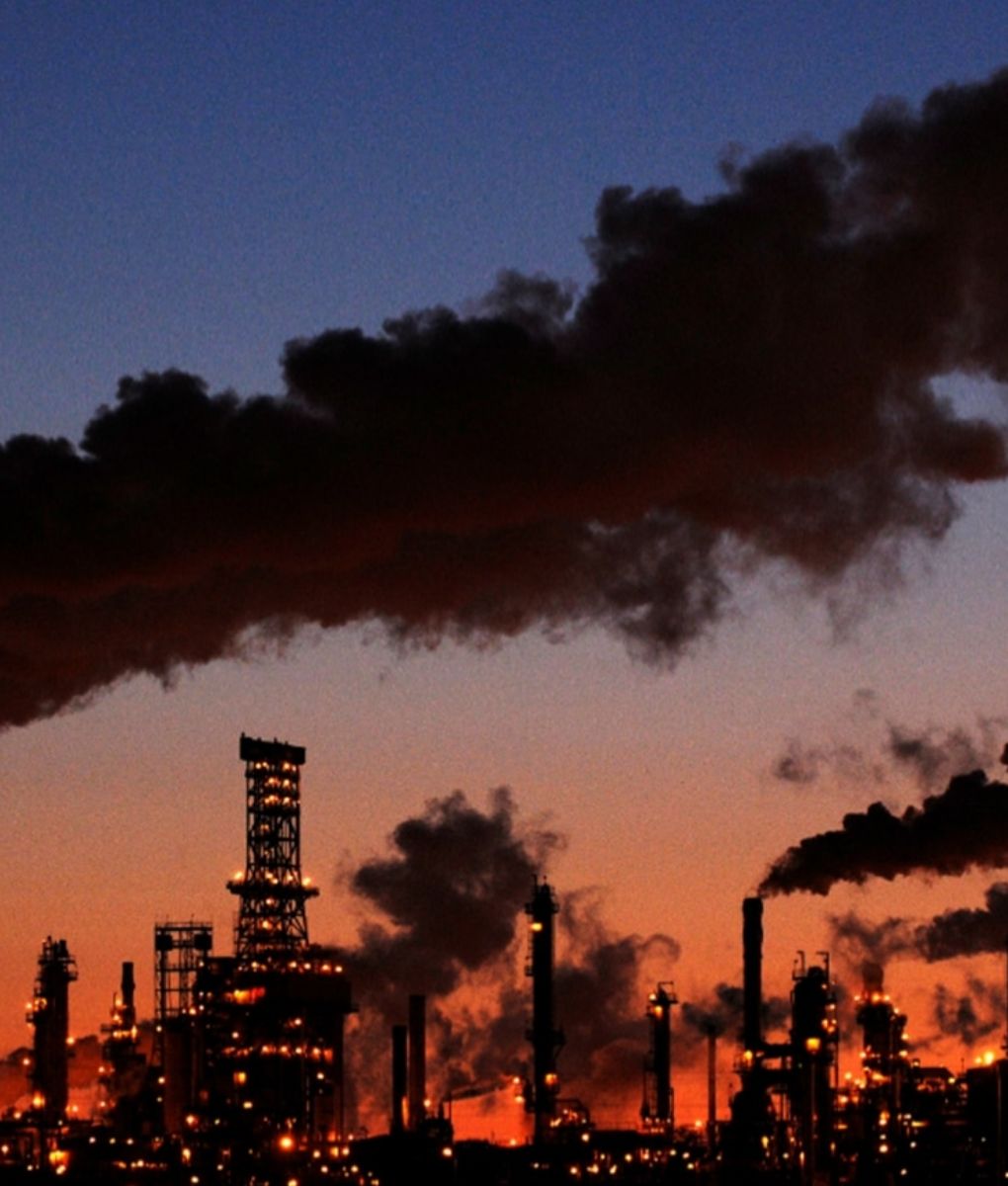The biggest climate conference in the world, the 29th Conference of Parties (COP29) concluded as a rather uneventful affair in Baku, Azerbaijan, except for the long-awaited adoption of Article 6 after a decade of negotiations.
On 23rd November, following extended overnight discussions beyond the official end of COP29, world leaders at the UN Climate Change Conference in Baku, Azerbaijan, formally approved the foundational rules and guidelines for international carbon trading under Article 6 of the Paris Agreement, marking a significant milestone for carbon markets.
It is expected to improve market efficiency and ensure environmental integrity. With nations striving to meet their Nationally Determined Contributions (NDCs) under the Paris Agreement, the introduction of clear and structured carbon trading mechanisms is essential to mobilise climate finance, encourage emission reductions, and support global decarbonisation efforts.
The recent agreement on Article 6 at COP29 in Baku, Azerbaijan, after a decade of negotiations, paves the way for a more structured and credible international carbon market.
Article 6 of the Paris Agreement introduces two key mechanisms to facilitate international cooperation on carbon trading.
The first, Article 6.2, allows countries to engage in bilateral or multilateral trade of carbon credits through Internationally Transferred Mitigation Outcomes (ITMOs). This system enables nations to buy and sell emissions reductions, fostering cross-border cooperation. By allowing for cost-effective mitigation strategies, it provides flexibility for countries to meet their NDCs while encouraging investment in emissions-reduction projects globally.
The second mechanism, Article 6.4, establishes a global carbon credit market under UN supervision. Replacing the Clean Development Mechanism (CDM) of the Kyoto Protocol, this system introduces stricter regulations and increased transparency. Both public and private entities can participate, ensuring broader market access and the promotion of sustainable carbon credit generation. By offering a centralised platform, Article 6.4 is expected to create a more uniform and credible international carbon trading framework.
Environmental Integrity and Additionality
One of the most pressing concerns in carbon markets has been the risk of double counting, where emissions reductions are claimed multiple times. Article 6 introduces stringent measures to prevent this by ensuring that each reduction is counted only once. This is an important step towards maintaining the credibility of international carbon markets.
The principle of additionality requires that projects generating carbon credits demonstrate they would not have taken place without the financial incentives provided by carbon markets. This safeguards against low-quality offsets and ensures that only projects with a tangible impact on emissions reduction receive credit. Stricter verification and reporting requirements will enhance accountability and credibility, preventing greenwashing and ensuring the integrity of the system.
Implications for the Voluntary Carbon Market
The voluntary carbon market (VCM) is expected to undergo huge transformations as it aligns with Article 6 standards. With improved regulations and oversight, voluntary credits will become more widely accepted by both governments and corporations.
There will also be integration of VCM with the compliance market to an extent. Some countries may even integrate voluntary carbon credits into their NDCs, increasing demand for high-quality offsets and pushing companies towards more rigorous climate action strategies.
Greater transparency will enable businesses to differentiate between credible and non-credible offsets, reducing the risks associated with greenwashing. As a result, the voluntary market will likely shift towards prioritising higher-integrity credits, enhancing the overall effectiveness of carbon offsetting initiatives.
Rising Demand for High-Quality Carbon Credits
With stricter rules and enhanced verification mechanisms, there will be a growing demand for high-integrity carbon credits linked to projects in renewable energy, afforestation, reforestation, and carbon capture technologies. Countries investing in direct air capture (DAC) and carbon capture and storage (CCS) projects may benefit significantly from the new market structures, as these technologies offer reliable pathways to emissions reductions.
Nature-based solutions, such as reforestation and soil carbon sequestration, will also attract increased financial support. Companies striving for net-zero emissions will have access to more credible offsetting mechanisms, increasing confidence in corporate climate pledges. These shifts suggest that quality rather than quantity will define the future of carbon markets. This will directly transform to higher carbon prices and stronger incentives for genuine climate action.
Potential for Carbon Price Increases
As low-quality offsets are phased out and regulatory oversight increases, the cost of carbon credits is likely to rise. This could have several implications. Companies that have relied on inexpensive, low-quality offsets may need to rethink their climate strategies, possibly leading to increased investment in direct emissions reduction efforts rather than simply purchasing offsets.
Higher carbon prices will also serve as an incentive for businesses and governments to invest in clean energy and low-carbon technologies. The increased competition for quality credits will likely drive further innovation and financing in the sector.
The implementation and enforcement of Article 6, presents several challenges like negotiating ITMO agreements between countries requires clear governance structures and mutual trust. Differences in reporting standards and market regulations could complicate these negotiations, delaying the effectiveness of the system.
Another concern is the potential for market manipulation. Without strong regulatory oversight, carbon credits will become a financial asset rather than a tool for genuine emissions reductions, leading to price manipulation and speculative trading.
Developing nations also face equity challenges in implementing Article 6. Many lack the resources necessary to establish robust carbon accounting systems, raising concerns that wealthier nations could buy their way out of emissions reductions rather than taking meaningful climate action. Addressing these concerns will require strong international cooperation, transparency, and continuous improvements to regulatory frameworks.
The voluntary carbon market will undergo major transformations, with a shift towards higher-quality, transparent credits, reducing risks of greenwashing. This change will lead to increased demand for credits tied to renewable energy, reforestation, and carbon capture technologies. As regulatory oversight tightens, carbon prices are expected to rise, motivating businesses to invest more in emissions reductions and low-carbon technologies.
To respond to these changes, companies should invest in high-quality, verified carbon credits, especially those linked to sustainable projects. They should also align with stricter reporting and verification standards as the market evolves. Engaging in policy discussions and advocating for equitable access to carbon credits for developing nations will be central in ensuring a fair and effective carbon trading system.
Manish Dabkara is Chairman and Managing Director of EKI Energy Services and President of Carbon Markets Association of India.













